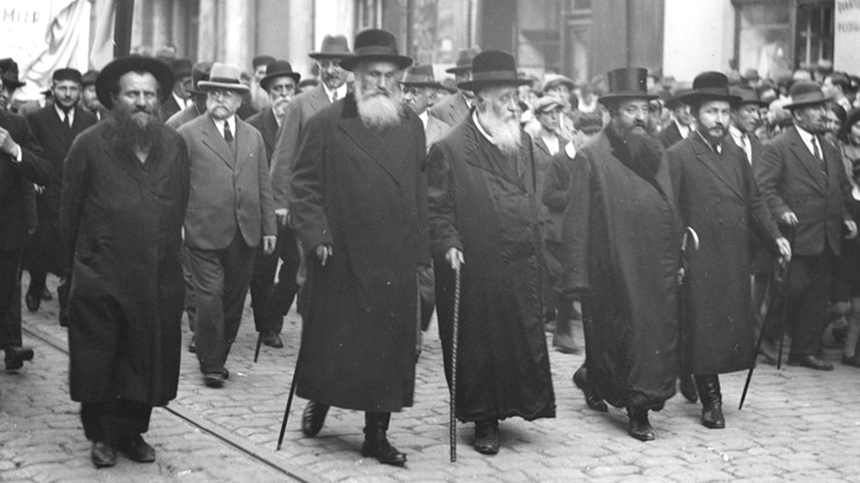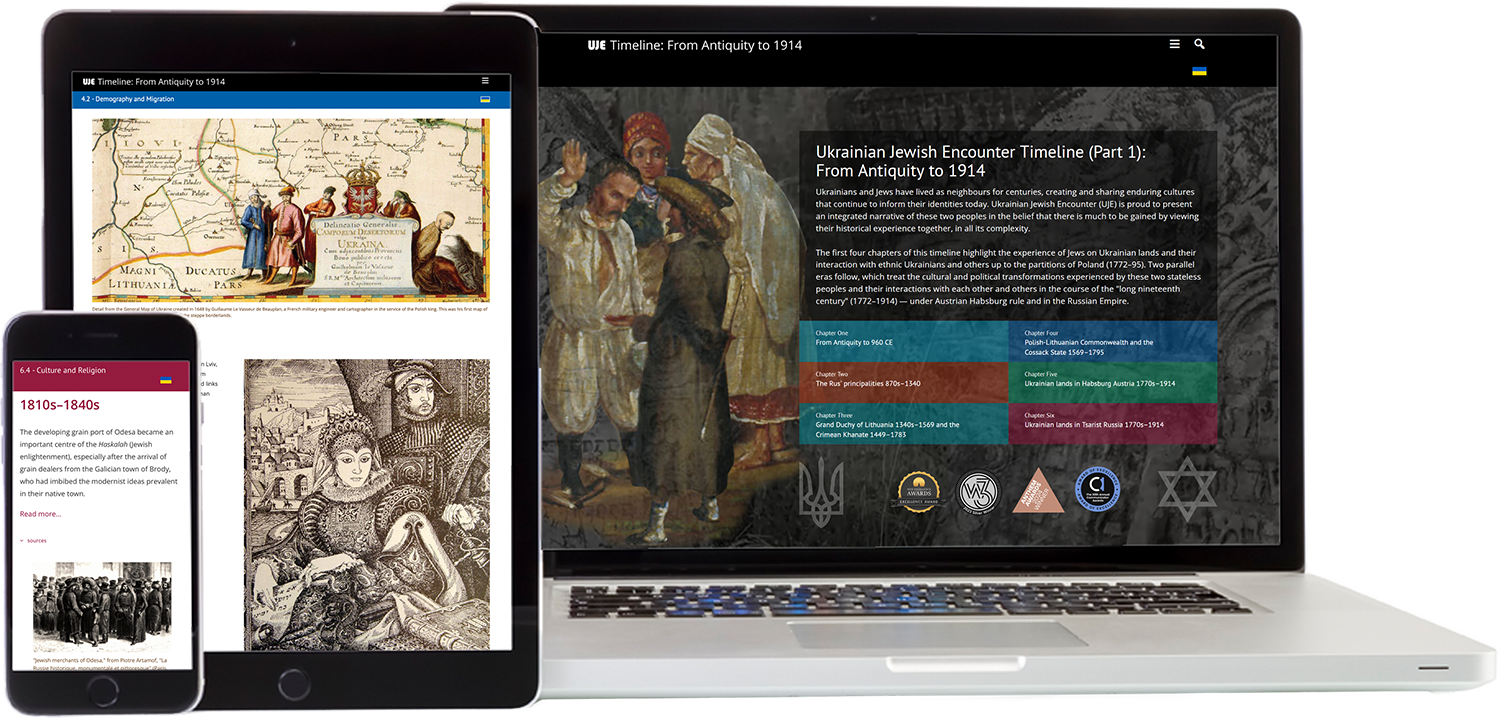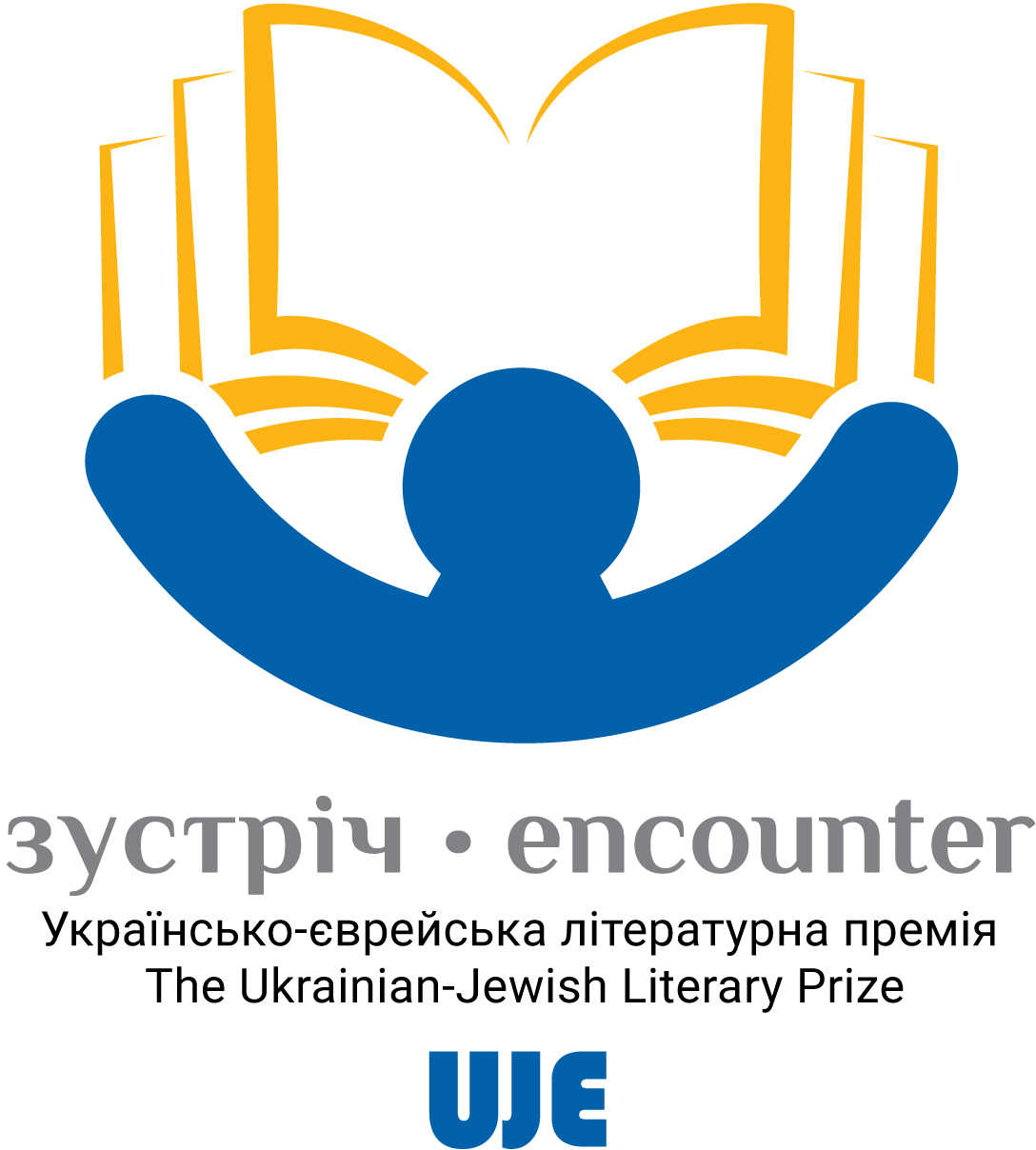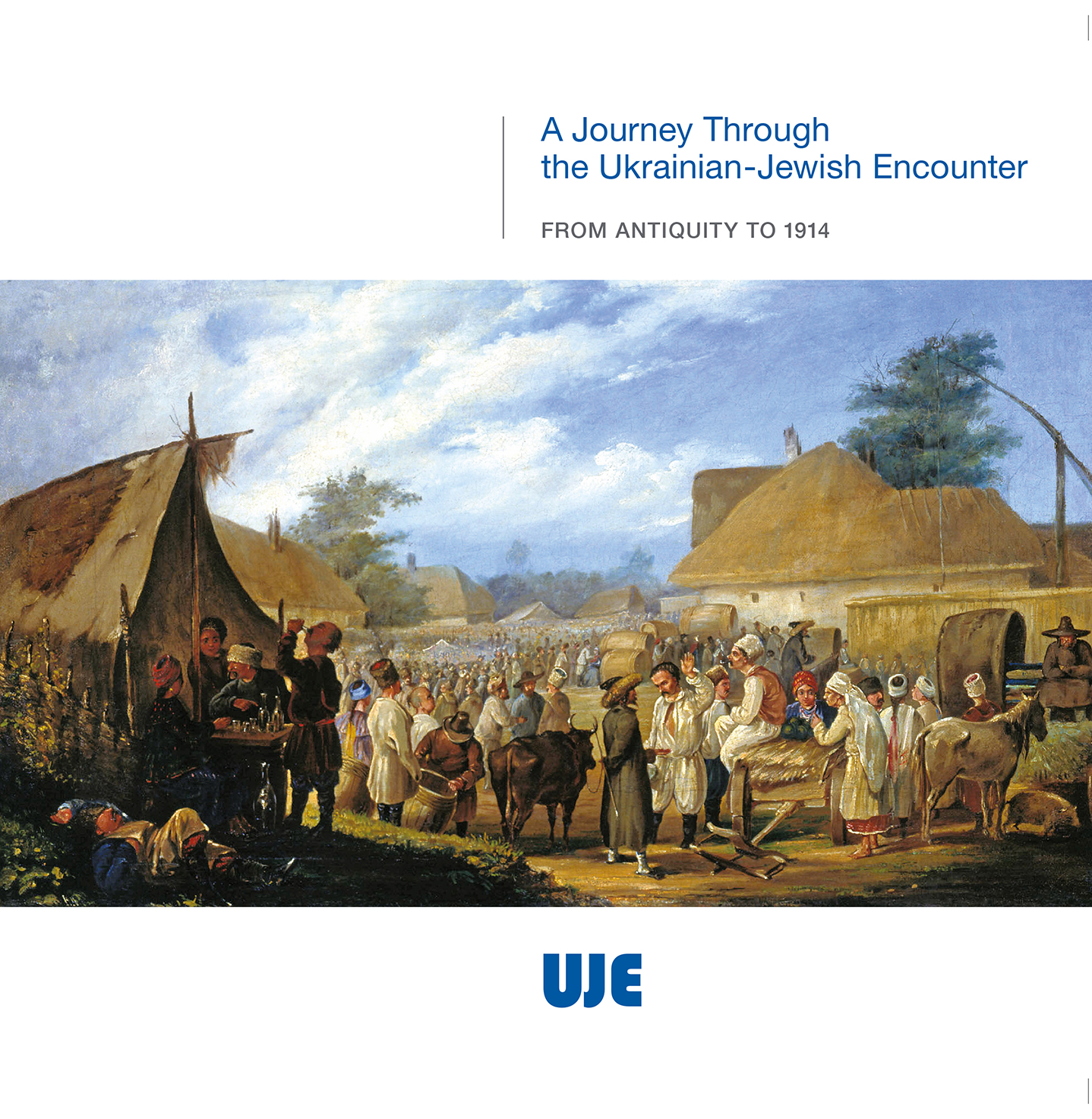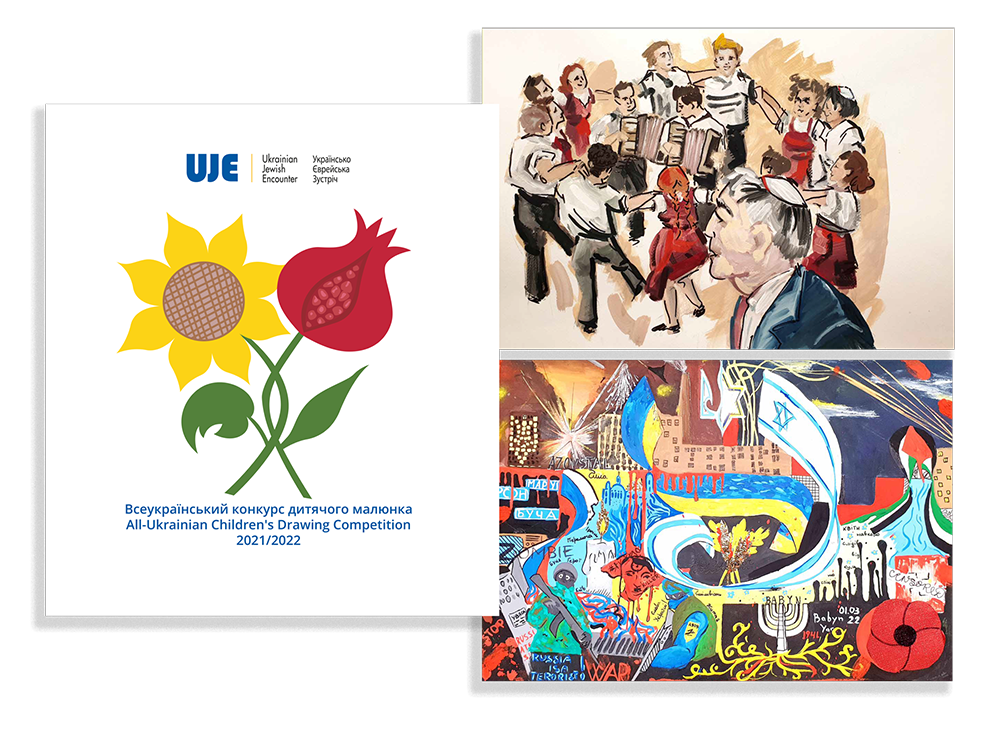The Cabinet of Jewish Culture: a unique 20th-century institution with an enduring legacy
The Encounters program has invited Tetiana Shyshkina, a PhD student at the International Center for Culture Studies at the Justus Liebich University of Giessen and a graduate of several programs at the Kyiv-Mohyla Academy, including the master's program in Jewish Studies, to talk about the Cabinet of Jewish Culture, which operated in Ukraine in the 20th century.
What kind of institution was the Cabinet of Jewish Culture?
Yelyzaveta Tsarehradska: When you hear "Cabinet of Jewish Culture," you get a picture of a room, but that was not the case. What was it, in fact?
Tetiana Shyshkina: The Cabinet of Jewish Culture is an abbreviated form of the longer designation "the Cabinet of Jewish Literature, Language, and Folklore." The full name identified three departments that functioned within the Cabinet. It was a research institution under the Academy of Sciences of the Ukrainian Soviet Socialist Republic, and the name referred to the third stage of its existence.
Initially, it was the Department of Jewish Culture in the All-Ukrainian Academy of Sciences in 1926–1929. After that, it was renamed the Institute of Jewish Proletarian Culture and was known as the "Cabinet of Jewish Culture" since 1936. Due to the long official name, the shorter version was used by its staff members and historians and even appeared in some official documents.
Indigenization policy
Yelyzaveta Tsarehradska: How was the Cabinet founded? By a government decree, or were there specific figures who launched and developed it?
Tetiana Shyshkina: Indeed. When discussing the Department of Jewish Culture as part of the All-Ukrainian Academy of Sciences, we should mention its head, Joseph (Yoysef) Liberberg.
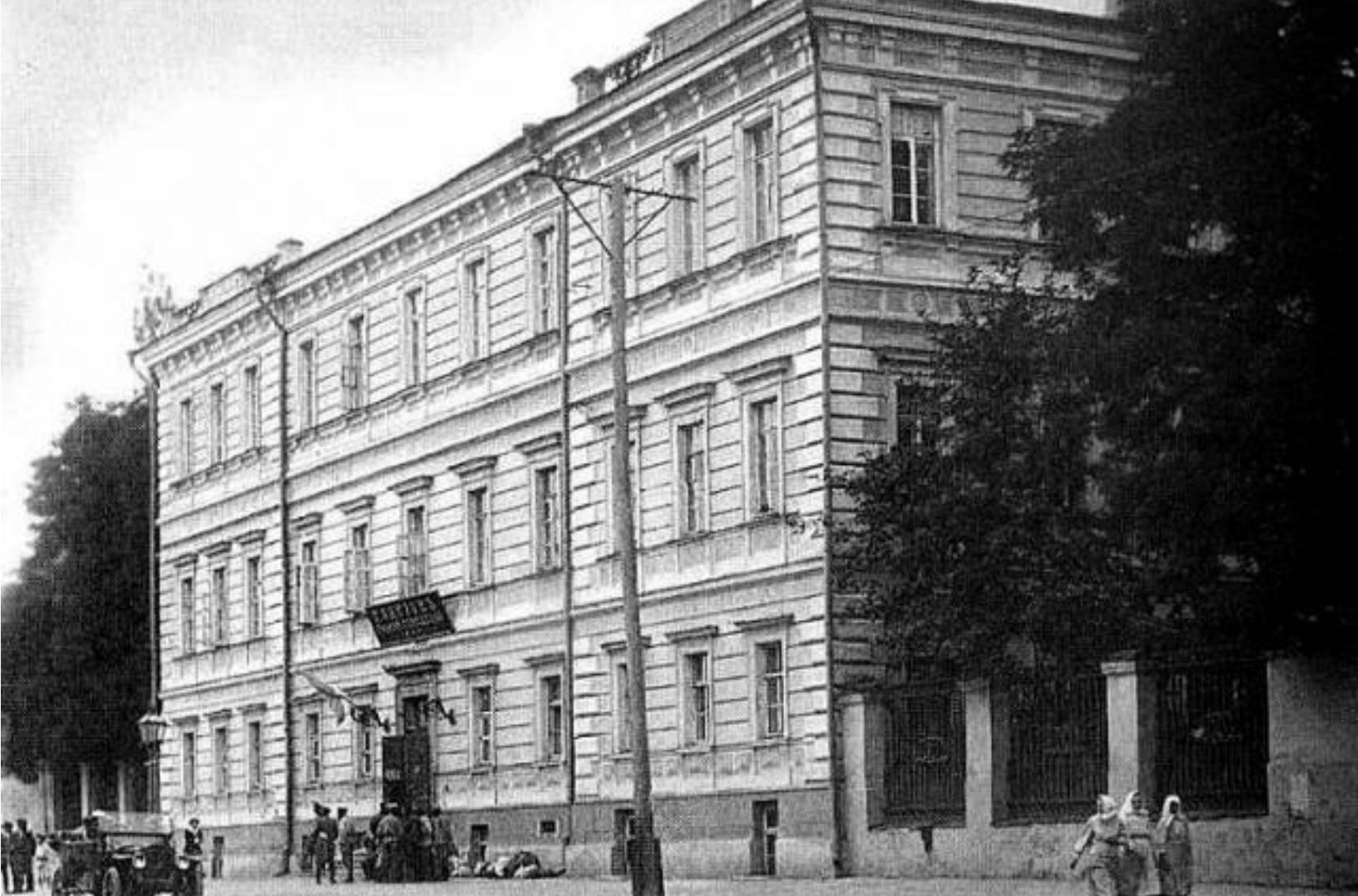
Crucially, it all happened within the framework of the overall Soviet indigenization policy, which aimed to develop various cultures within the Soviet Union. The Department was expanded into the Institute of Jewish Proletarian Culture, but the staff was again reduced in 1936. I think we will talk about what happened in 1936 and later. In any case, the main thing was that there really was a general policy of developing different cultures at that time.
The context of the Cabinet
Yelyzaveta Tsarehradska: When an institution is founded, there is a vision of its future work. What was the general atmosphere around the time when the Cabinet was created? Were the active figures at the time genuinely inspired by and committed to the indigenization policy? Did they have any sincere visions they tried to implement in their projects?
Tetiana Shyshkina: Indeed. There were different cases. Some people sincerely believed [the policy], while others were wary. Initially, one could even be quite skeptical about various projects to create a new institution. The very idea and all those developments and projects were in stark contrast with the old cultural and religious customs. It was a point of much reflection that generated a pile of literature.
I'm not an expert on this subject as I've only taught one course about it. However, I can say that there is a vast layer of literature about how the Jewish cultural intelligentsia — writers and poets — reflected on these questions that boiled down to "leaving something old and embracing something new."
Obviously, all the events happening around also had an impact; it did not occur in a vacuum. The 20th-century pogroms featured prominently in the reflections as those painful events were still fresh in the memory. That was the environment in which such institutions were launched.
Indeed, some people still believed that Jewish culture would blossom in the Soviet Union.
Activities of the Department of Jewish Culture
Yelyzaveta Tsarehradska: What did the Department of Jewish Culture accomplish in the first three years of its existence?
Tetiana Shyshkina: My master's thesis focused on the Cabinet of Jewish Culture, and I know more about the activities after 1936. Nevertheless, a critical foundation for further development was laid in the first years.
We see expansion as the Department was transformed into the Institute of Jewish Proletarian Culture with six departments. This points to the importance of its activities. During the first three years, this institution showed that it had to become more than just a department. This is as much as I can say because I have not specifically researched this period.
Third period: 1936–1949
Yelyzaveta Tsarehradska: It is well-known how Stalin treated Jews and Ukrainians and the manifestations of any identity or individuality. How did it affect the Cabinet, if at all?
Tetiana Shyshkina: Of course, the Cabinet was affected. Its trajectory was not exactly smooth. Great and terrible events in 1936–1949 had a profound impact on the Cabinet. It was closed in 1949, and most of its staff members were repressed as part of the campaign against "rootless cosmopolitanism."
Evacuation to Ufa
Before German occupation, the Cabinet was evacuated from Ukraine to Ufa. Incidentally, this led to its staff's reflections on Bashkir culture and its ties with Jewish culture.
The war was a catastrophe for European Jewry, while on the other hand, the [Soviet] authorities had other matters to attend to and slackened their pressure on the Jews. Everyone understood they still had to keep themselves within the necessary boundaries, but it did provide a breath of fresh air and an opportunity to do something. Researchers in the Cabinet of Jewish Culture tried to get things done in terms of studying Jewish culture, helping the homeland in general, etc.
The Cabinet was not a structural unit of the Academy of Sciences, a very conservative organization, but still participated in various assistance-related activities. Its staff members were involved in the Jewish Anti-Fascist Committee, a Jewish organization that operated during the Second World War. They did a lot of research at the same time.
Postwar field trips
Field trips to Chernivtsi were undertaken immediately after the liberation of Ukraine. They yielded highly important and valuable materials. This is where we need to mention Moisei Berehovsky, an outstanding folklorist and ethnomusicologist.
These developments did not follow a straight course and had some non-obvious consequences. The researchers were able to pursue not only purely academic issues related to philology, for example, when no politics were involved, and one could do their part. For instance, they would study some features of Yiddish as philologists, and there was no political component. To be sure, there was a cultural component because it was a language, and its speakers had a certain culture. Still, there was a brief window of opportunity for development at that time. This window began to close in 1948 or even as early as 1947.

What kind of culture was "Jewish proletarian culture"?
Yelyzaveta Tsarehradska: The concept of "Jewish proletarian culture" (and "Ukrainian proletarian culture," for that matter) is not altogether clear to me. How did the people understand it at the time? What did the authorities demand from institutions with this phrase in their names? How did it reflect on the Cabinet of Jewish Culture?
Tetiana Shyshkina: Judging from the sources I have studied, the concept of "Jewish proletarian culture" was not a strictly defined term. Apparently, the word "proletarian" was added to point to a communist vision of Jewish culture and secular, rather than religious, culture. In other words, it was done to separate secular culture from religious one.
We can also see that the Cabinet had the departments of language, literature, and folklore — and nothing else. Thus, religious issues and even history were out of the question. The Department of History functioned within the Institute, but a decision was made after 1936 that there was no need to study history and that the remaining three departments were sufficient.
In 1936, some staff members were fired, and some were repressed. It was not simply a matter of "downsizing." The staff was reduced. The Institute had about 100 researchers, while the Cabinet employed up to 20 at different times. (It is extremely difficult to determine who was on its staff and where people were located during the war.) Some went into the army; others were elsewhere; there were also newcomers.
The Cabinet's legacy today
Yelyzaveta Tsarehradska: The Cabinet operated only for a short time and in highly unfavorable conditions. Nevertheless, did it produce outcomes that could be analyzed and described as contributing to Jewish culture, etc.?
Tetiana Shyshkina: Of course, it did. As I did my research, I was particularly intrigued by how people could defend their theses during evacuation. And this was not an isolated case. One PhD thesis was defended, and the Cabinet's head and Eliyahu "Elye" Spivak defended theirs immediately after returning to the newly liberated Kyiv. Those are academic achievements. The philology section, headed by Spivak, produced the Yiddish-Russian Dictionary, which is an important and widely recognized work. However, Spivak did not live to see the publication of the dictionary. It was released only much later, in the 1980s, after further work and elaboration.
Black Book
Returning to non-academic activities, I mentioned the cooperation with the Jewish Anti-Fascist Committee in passing. The Cabinet's staff members actively collected materials for the Black Book.
The Black Book is a collection of materials, testimonies about crimes committed by the Nazis against the Jews on the territory of Ukraine. Why is this book important? It is considered the first testimony. Although composed of pieces edited for literary purposes, it supplied the earliest testimonies. The Cabinet's staff members were especially active precisely on the territory of Ukraine.
If you open this Black Book, you will not find any mentions of the Cabinet's staff. However, the documents suggest the opposite. I even worked with the files of Spivak's and Chaim Leutzker's criminal cases. One of the accusations against them was that they worked on the Black Book. Therefore, we can testify that they did participate in this project.
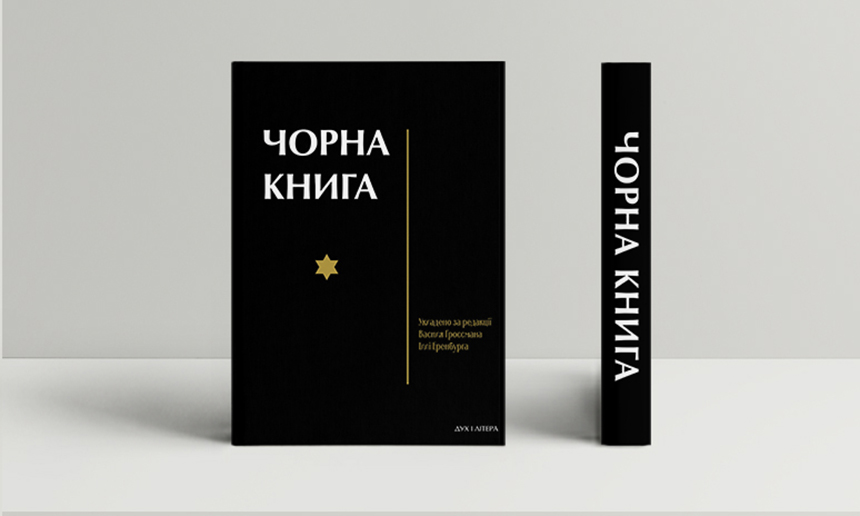
Here are all these field trips and research outcomes. A large part is now stored in the Vernadsky library. So, researchers have access to some materials prepared by the Cabinet.
Repressions against the Cabinet's staff
Yelyzaveta Tsarehradska: After the Cabinet ceased its activities, were there any attempts to restore it or create a new organization?
Tetiana Shyshkina: Most of the Cabinet's staff members were repressed, and the head of the Cabinet died during the investigation. They were all rehabilitated only after 1956. However, no new organization modeled on the Cabinet of Jewish Culture ever emerged. That is, these people never reunited, and many of them did not survive the "campaign."
The Department of Jewish Literature, Language, and Folklore at the Academy of Sciences of the Ukrainian SSR was a research institution focused on studying Jewish "proletarian" culture and promoting its development in line with the instructions of the Soviet communist regime.
At the end of 1929, the Department was transformed into the Institute of Jewish Proletarian Culture, headed by Joseph Liberberg. The Institute functioned until 1936, becoming a true international-level Jewish studies center. It had six departments (history, philology, ethnography, literature, socioeconomics, and education) and several auxiliary institutions, such as the Central Archive of the Jewish Press, which received some 400 publications on Judaica from all over the world (primarily from European countries, USA, and Latin America); the Jewish academic library with a collection of over 60,000 volumes, and the Museum of Jewish Modernity.
The Cabinet of Musical Folklore in the Institute's Ethnography Section inherited the traditions of Jewish folklorists and ethnographers, whose work was interrupted by the First World War and the Revolution. Thanks to the efforts of the outstanding folklorist and ethnomusicologist Moisei Berehovsky (1892-1961), the Cabinet created an audio archive, regularly carried out thorough field trips, and reached the highest level of academic analysis processing the materials it recorded and transcribed. Its staff studied large centers of Jewish culture (Kyiv and Odesa), small towns in Volyn, Podolia, and Galicia, as well as ancient Jewish agricultural colonies in southern Ukraine (Dnipropetrovsk, Kherson, Zaporizhia, and Mykolaiv oblasts and the Crimea).
After Stalin's government set the course for the complete elimination of Jewish culture in the USSR, many employees, including Spivak, were arrested, and the Cabinet was closed.
This program is created with the support of Ukrainian Jewish Encounter (UJE), a Canadian charitable non-profit organization.
Originally appeared in Ukrainian (Hromadske Radio podcast) here.
This transcript has been edited for length and clarity.
Translated from the Ukrainian by Vasyl Starko.
NOTE: UJE does not necessarily endorse opinions expressed in articles and other materials published on its website and social media pages. Such materials are posted to promote discussion related to Ukrainian-Jewish interactions and relations. The website and social media pages will be places of information that reflect varied viewpoints.







